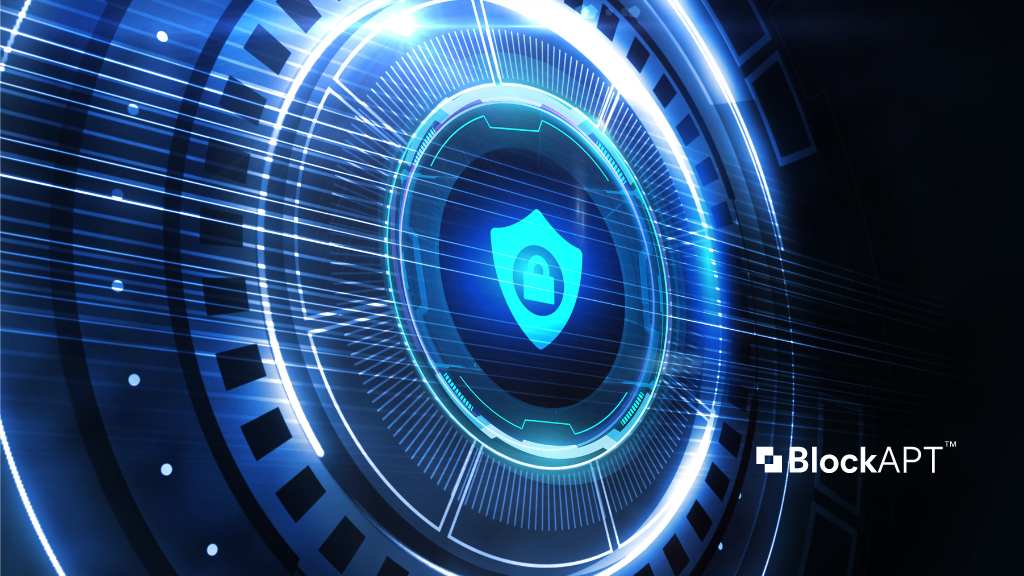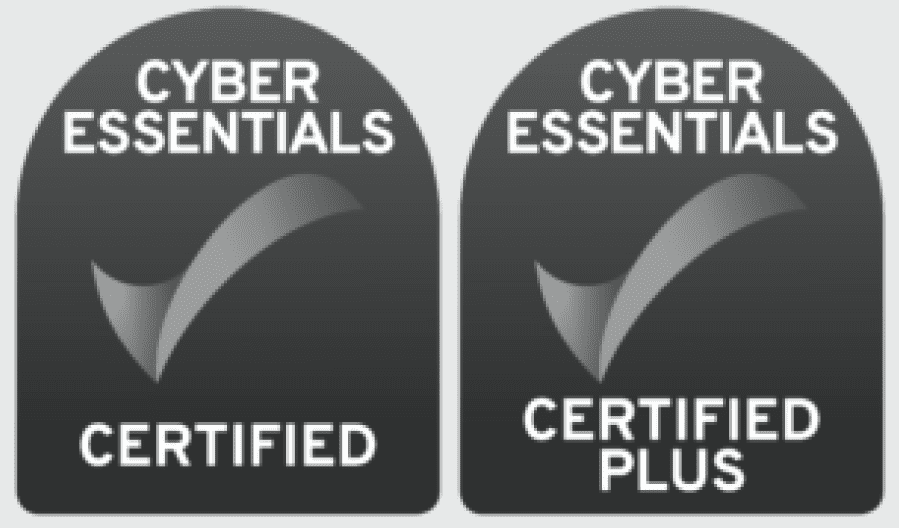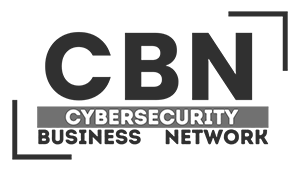The word “Hacker” sends chills down anyone’s back and even moreso when you have been subjected to any one of the thousands of cyber-attacks that we are seeing almost on a daily basis now globally.
The scary thing is nowadays, it’s becoming a word that fits into the norm. Every day we hear about some organisation being compromised by hackers and whilst the press does their fair share in amplifying these attacks, the word “Hacker” has almost become as ordinary as the word “Victim”.
But the Hacker comes in all shapes and forms – let’s quickly recap before I delve into the darker side of how easy it is for a hacker nowadays to cause widespread disruption.
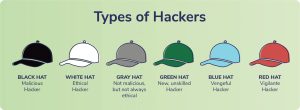
The Malicious Hacker – Black Hat
This is the dangerous criminal to watch out for. This hacker’s sole motive is to disrupt operations, destroy and create panic whilst looking to gain anonymous notoriety and a financial gain.
Blackmail features high on this list whether it’s Ransomware or Insider Threat. Stealing data is at the heart of most attacks – violating privacy of this data, bringing widespread chaos to disable communication systems, like we saw recently with NHS, Uber and Philippine Airlines.
The Wannabe Hacker – Green Hat
The green Hat hacker is on the ladder to becoming a full-blown malicious hacker. They are avid listeners and inquisitive in nature with the intent to create damage. Think of these as being on the waiting list of the Black Hat – they are watching, learning and honing their skills until they make the grade….
The Angry Hacker – Blue Hat
These hackers are beginning their journey on a dangerous, slippery slope but they don’t care. They are not interested in learning about the latest sophisticated way to hack an organisation or cause disruption to critical infrastructures. That’s too laborious and hard work. They are like ‘Script Kiddies’ who copy codes and use them to inundate websites with DDoS attacks. They are angry and want revenge for whatever reason – with minimal effort.
The Undecided Hacker – Gray Hat
Things can be black and white. And then somewhere in between is the grey area.
These are the undecided – not necessarily hacking for malicious intent for their own personal gain but then not strictly authorised to compromise an organisation’s systems. Sits on the fence…. until personal gain wins and the hacker moves to the dark side.
The Nation State Hacker
Nation sponsored or state hackers are politically motivated. Think Russia with the ongoing Ukraine war. They are often appointed by States who want to get access to sensitive, classified government intelligence on other countries which can give them a competitive edge – politically, economically, financially, and socially. This is different to a “Hactivist” who will target a government’s network and communication systems to further their own political or social agenda.
The Ethical Hacker – White Hat
These are the good people with a pure agenda. These white hat hackers are serious cybersecurity know-it-alls who are subject matter experts in identifying vulnerabilities and loopholes for organisations and institutions. They are widely sought after and are our protectors and a Black Hat’s nightmare.
The Relentless Hacker – Red Hat
These are the Black Hat’s worst nightmare as they are ruthless and relentless in trying to figure out how the malicious hacker has compromised an organisation. That’s how they differ from the White Hat hackers mentioned above. It’s their mantra and modus operandi to get the malicious hacker to crumble and/or make their life difficult so they are having to constantly change their strategy and tactics.
So there we have it – the good and bad hackers (although I suspect there are others out there not mentioned here and more worryingly the new style hackers of tomorrow we have still yet to discover….)
I am fascinated yet disturbed by the mind of the malicious hacker. Whilst I can take an educated guess on the motives, etc, it never fails to astound me how much is out there for sale on the dark web and hacktivist forums making any hackers job easy.
Tools and cyber-attack kits used for phishing, ransomware, DDoS, and others are increasingly being sold on the dark web with low barrier to entry prices – scarily starting from as little as $5 (Atlas VPN research). These are targeted to the unprofessional hackers who want the easy way out without doing heavy lifting on ramping up their technical skills. Social Engineering, Ransomware-as-a-service (RaaS) are fast track preferences today for those hackers wanting to do maximum damage in minimal time. All at a cost which quite frankly starts at less than the cost of a couple of coffees.

The Dark Web is called that for a reason. It’s crossing from our everyday browser we use to the Dark Web which is one of the Go-To marketplaces hackers, terrorists, human traffickers, etc look to network, buy, source, extort anything which is effectively illegal – at a price. Of course, there are others who may have a legitimate reason and want anonymity but my focus here is on the cyber criminals.
HP Wolf Security and Forensic Pathways’ research report found that 76% of advertisements for malware and 91% for exploits are listed on the Dark Web for under $10. Furthermore, the average cost of compromised Remote Desktop Protocol stolen credentials is just $5.
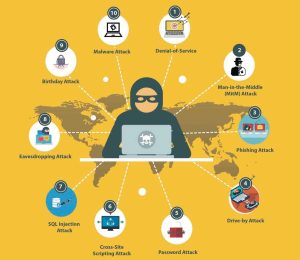
Malware like Ransomware-as-a-Service (Raas) kits have made it so easy for hackers to venture into this area – almost 44% of them purchased on the Dark Web are effectively launched to their unsuspecting victims for extortion of money. Shameful today and unfortunately, an increasing trend as we’ve seen with recent targeted Ransomware attacks.
Even known vulnerabilities or loopholes in current operating systems, software, web based applications, etc gives the hackers a wider surface attack area. What’s worse is that where these vulnerabilities have not yet been uncovered in the main, there is a ready hacker open to paying 5 figure sums upwards to manipulate and exploit targeted high/ultrahigh net worth/high profile victims and organisations.
I read a very interesting articles by TechRepublic and Privacy Affairs which had some unbelievable stats on the Dark Web – check them out:
- Credit card data with an account balance of up to $5,000 = $120, 1 UK credit card with CVV = $20.
- 1 x PayPal stolen account with $1,000 – $3,000 balance = $45
- 1 x hacked Twitter account = $25; 1 x hacked Facebook account = $45; 1 x hacked gmail account = $65
- 1 x EU passport = $3,800
- Fake cryptocurrency Blockchain account (using fake IDs) = $90; Binance verified account = $260
- Corporate entities network access = $2,000 – $4,000
- 10million US email addresses = $120
- DDoS attacks:
-Unprotected target website can be hit at 10,000 to 50,000 requests per second for an hour for as low as $10 or $850 per month
-Protected websites can be hit with 20,000 to 50,000 requests per second, using multiple elite proxies for $200 per day. - A Remote Access Trojan (RAT) which allows full access and control to another device = $5 – $45
- Ransomware base kit = $15 – $76
- Whaling phishing kit = $7
Password cracking pack = $10
The list goes on and is not exhaustive by any stretch of the imagination. I send a clear message to the victims and to those who will be attacked in some shape or form – take extra care in protecting your sensitive information & credentials.
Once stolen, the cost of buying them on the Dark Web, as we can see from the above stats, is negligible. The cost of recovering from being a victim could have profound and much larger ramifications.





